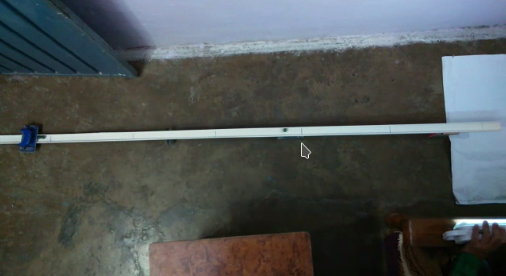Physics: Getting into motion!
Motion, moving from one point to another, seems intuitive, yet opens up fascinating facets when explored more closely. Say, a cricket bowler bowling a speedy ball – 140 km per hour! A question to ask would be: is the speed of the ball the same throughout its journey, after leaving the hand of the bowler? The most interesting information emerges when you break motion into smaller intervals and measure it.
Galileo observed that a ball rolls down an inclined plane at a very high speed. Until he was able to measure the speed, he could not say anything more precise. The famous experiment he carried out required him to construct a clock. He built a water clock, which he used in a completely ingenious way to break the motion of the ball on the inclined plane into smaller parts.
This famous experiment, through which Galileo discovered the acceleration rate of free-falling bodies, gave modern science its characteristic method – the careful setting up of an experiment to get the data to test your hypothesis.

Distance and time: analysing the motion of a rolling ball.
Through the first Physics module on motion, students in Clix Science classrooms will learn not only about Galileo but also how to describe a motion and analyse it, in one dimension. The module being designed offers learners opportunities to observe, reflect, experiment, make mistakes, as they play with digital tools that help them build their understanding of the topic.
The first trial of the module is due to take place in the first week of June in Chhatisgarh. The roll-out of the module will take place in all four CLIx states from August 2016 onwards.




Comments are closed.